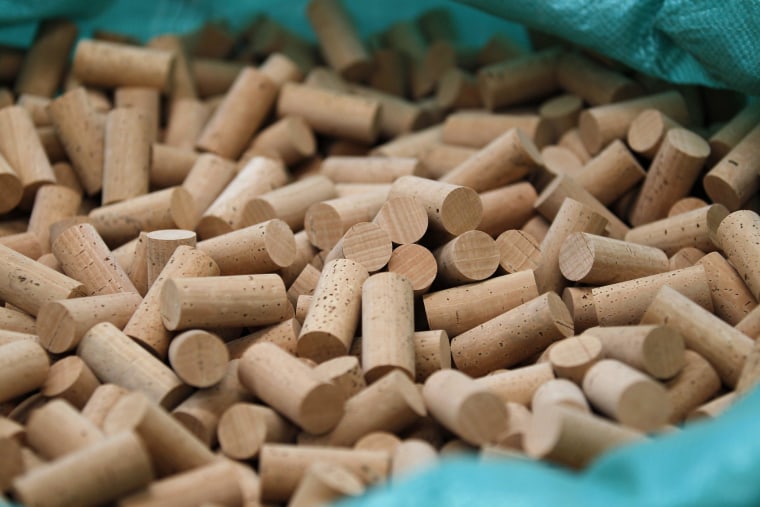Wine lovers might treasure the oaky, full-bodied taste of a cabernet sauvignon or the light and fruity aroma of a pinot grigio. But if the bottle is stopped with a low-quality cork, they can kiss that meticulously cultivated flavor goodbye.
Many people may only worry about corks when it's time to pop the Champagne, but some experts are worried about wine cork quality, which has been mysteriously in decline for almost 20 years.
Corks are made from the bark of Quercus suber trees, commonly called cork oaks, which grow only in southwest Europe and northwest Africa. More and more low-quality cork trees with thin bark are sprouting up. [6 Unexpected Effects of Climate Change]
Now scientists think rising temperatures and increased exposure to ultraviolet, or UV, light brought on by climate change may be behind chemical changes in the bark of cork oaks.
Sign up for top Science news delivered direct to your inbox

"There are several factors like climate change, landscape changes and the dry seasons getting longer that could be causing the decline," Rita Teixeira from the University of Lisbon, told Live Science. "The change in bark quality may be the trees' way of adapting."
Bark acts as the protective outer layer on trees that protects the plant from drought and shields against radiation. Cork oaks have been growing thinner and more porous layers of bark. Cork producers need bark that's at least 27 millimeters (1 inch) thick to make a good cork, but most of the trees are now producing bark between 3 mm and 10 mm (0.1 inches and 0.4 inches), Teixeira and colleagues write in their study, which was published June 22 in the Journal of Experimental Botany.
To figure out what might be causing the changes, Teixeira and a team of researchers analyzed genes in the bark of five high-quality cork trees and five low-quality cork trees growing in Portugal. The scientists discovered that heat shock proteins are essential to the bark of high-quality cork trees. These proteins help the tree grow normally even under stressful conditions like drought and high temperatures, and promote cell division that makes the bark grow thicker.
Bad cork trees have fewer of these shock proteins, but they have more genes that produce huge amounts of phenolic compounds, UV-absorbing chemicals that collect inside the bark. Teixeira and colleagues found that poor-quality cork trees have twice as many phenolic compounds as good-quality cork trees, which suggests the bad-quality cork trees are adapting to protect themselves from elevated radiation levels.
— Kelly Dickerson, Live Science
This is a condensed version of a report from Live Science. Read the full report. Follow Kelly Dickerson on Twitter. Follow us @livescience, Facebook & Google+.
More from Live Science: